Christopher Wood, the global head of equity strategy at Jefferies Hong Kong, has sounded the alarm on an emerging trend in the tech industry, warning that an "AI capex arms race" is underway. Wood made the assertion at the Fortune Innovation Forum in Kuala Lumpur, Malaysia on Tuesday, citing Microsoft's 2023 investment in OpenAI as the catalyst for the phenomenon.
According to Wood, investors are overlooking a crucial aspect of the AI boom: the majority of the profits are being generated by companies that provide the infrastructure behind AI products, rather than the companies building those products themselves. "You want to own what I call the picks and shovels of AI," Wood said, emphasizing the importance of companies like Nvidia, semiconductor manufacturers, and data center builders, which have already reaped significant profits from the AI boom.
However, Wood expressed concerns that the current landscape sets the stage for an over-investment bust, as investors continue to pour money into AI-related projects without clear returns. "It's completely unclear to me who's going to monetize and make money out of all this capex," Wood said, referring to the massive spending on AI infrastructure. He noted that his own portfolio has been repositioned to reflect his concerns, with recent sales of certain stocks.
Wood's warning is significant, given his track record of predicting speculative bubbles. He correctly identified the dotcom boom, Japan's credit bubble, and the U.S. housing bubble before many of his peers. His latest prediction has sparked attention among investors and industry observers, who are now grappling with the implications of an AI capex arms race.
The AI boom has been characterized by rapid advancements in artificial intelligence, driven in part by significant investments from tech giants like Microsoft, Google, and Amazon. However, Wood's warning highlights the need for a more nuanced understanding of the industry's dynamics, where the focus is shifting from product development to infrastructure support.
As the AI industry continues to evolve, investors and policymakers are faced with complex questions about the long-term sustainability of the current trajectory. Wood's warning serves as a reminder that the AI capex arms race is not just a speculative trend, but a potential harbinger of a broader market correction.
In response to Wood's warning, industry experts are weighing in on the potential consequences of an over-investment bust. "The AI industry is at a critical juncture, where the focus is shifting from product development to infrastructure support," said Dr. Rachel Kim, a leading AI researcher. "While the current trend may be unsustainable, it also presents opportunities for innovation and growth in the long term."
As the AI industry continues to navigate the complexities of the capex arms race, investors and policymakers will be closely watching for signs of a market correction. Wood's warning serves as a timely reminder of the need for caution and a more nuanced understanding of the industry's dynamics.
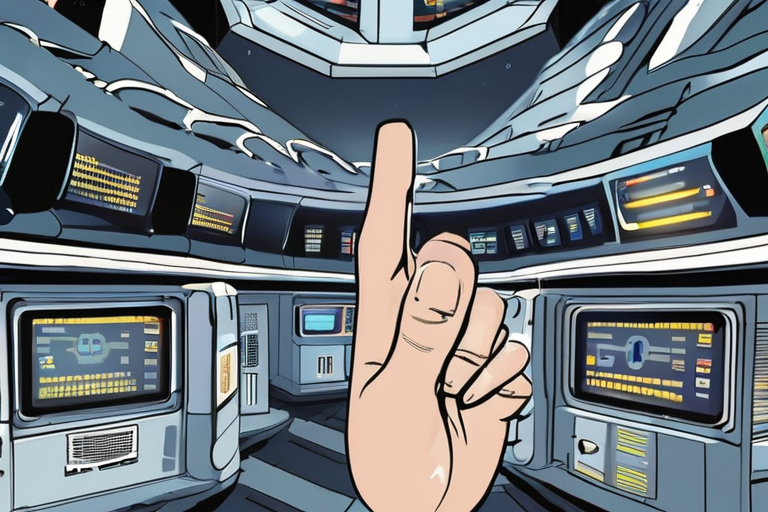


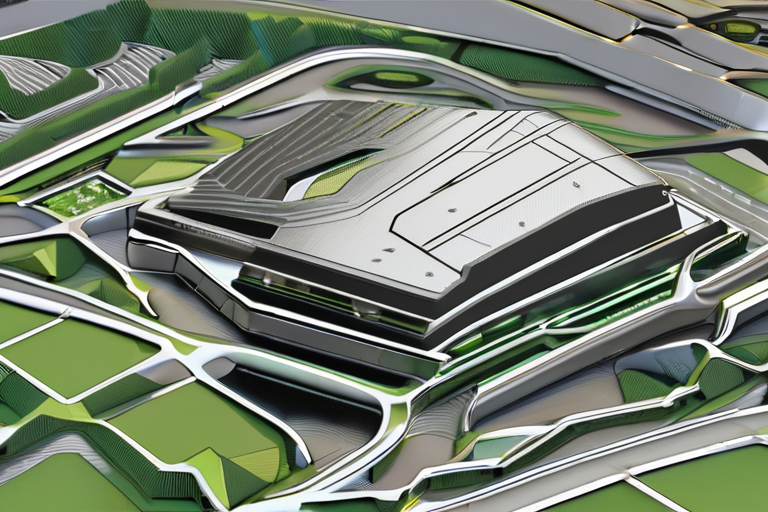
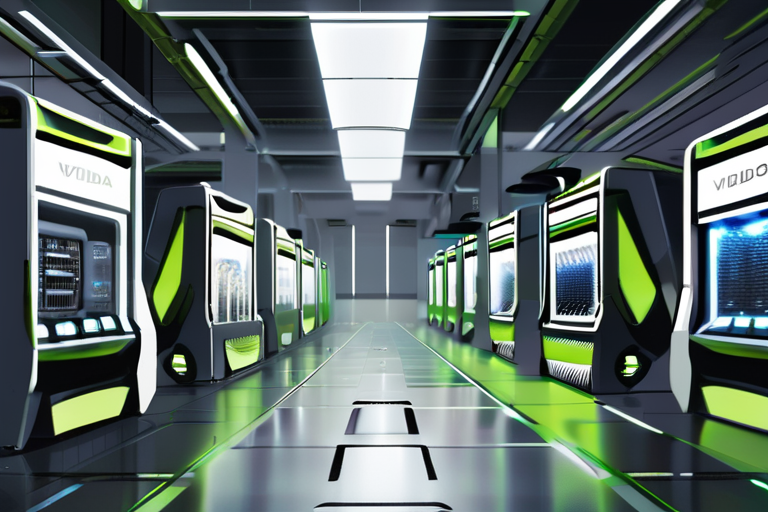






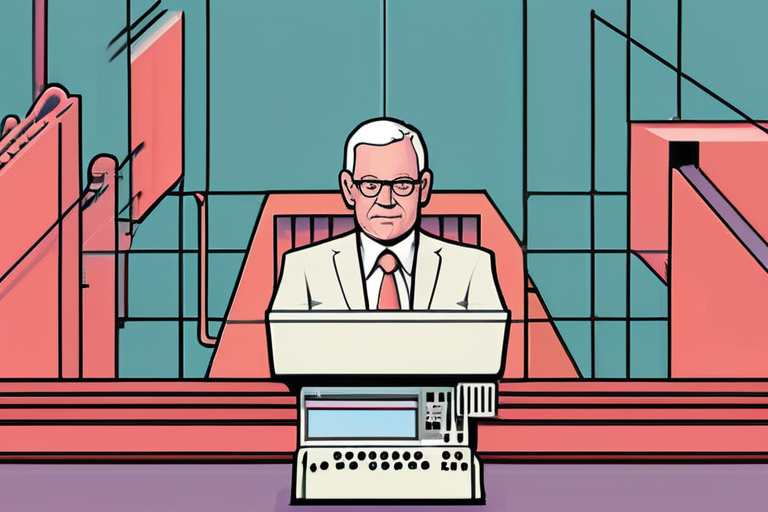

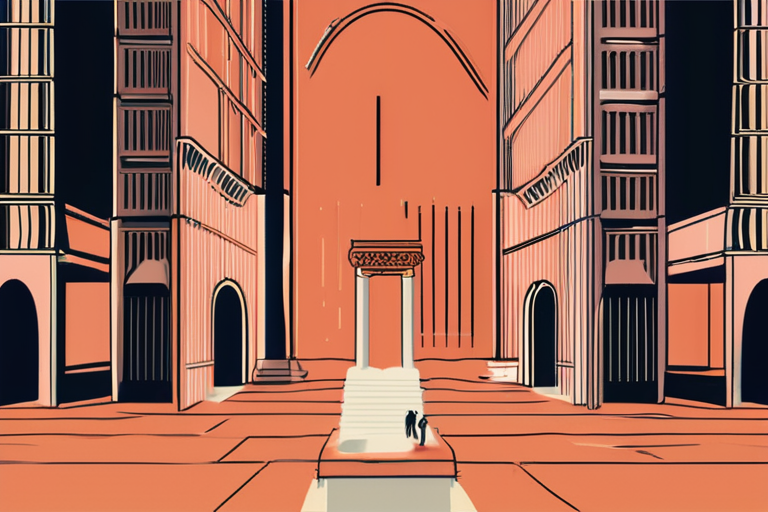
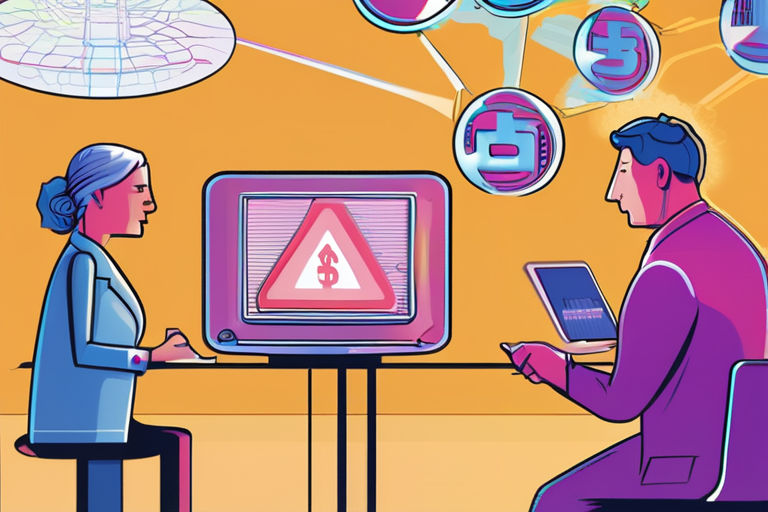
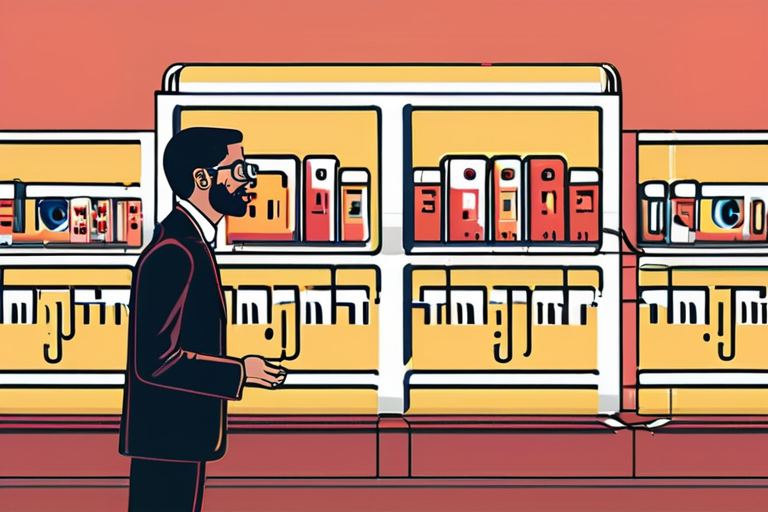
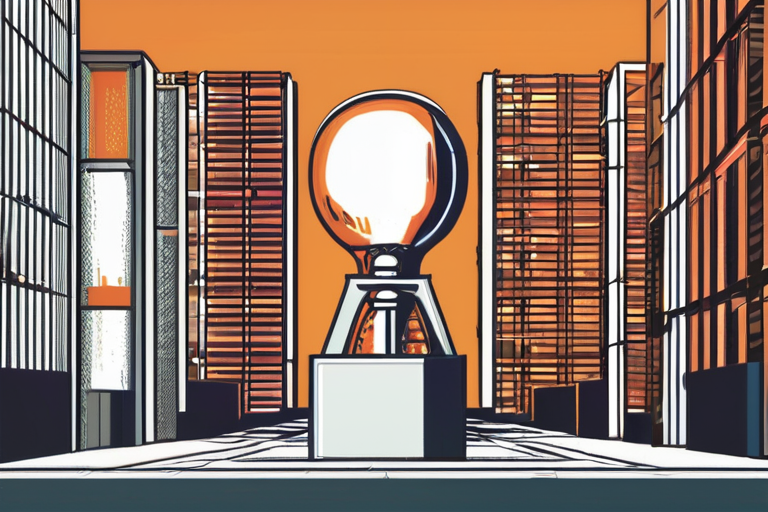
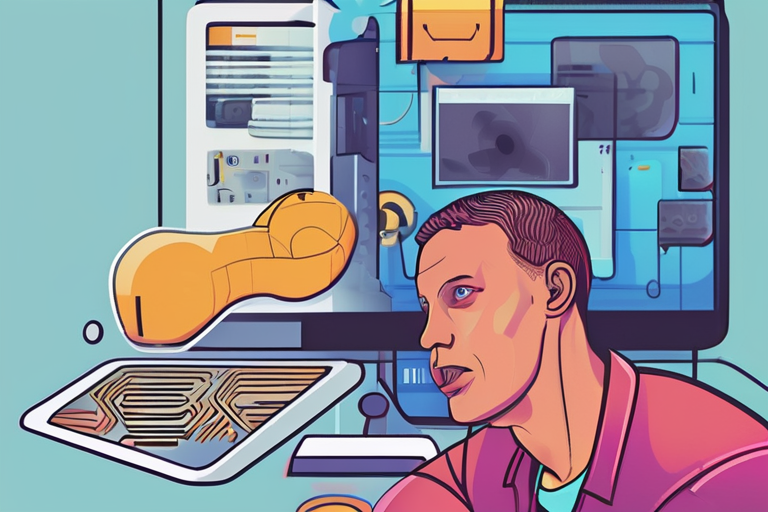
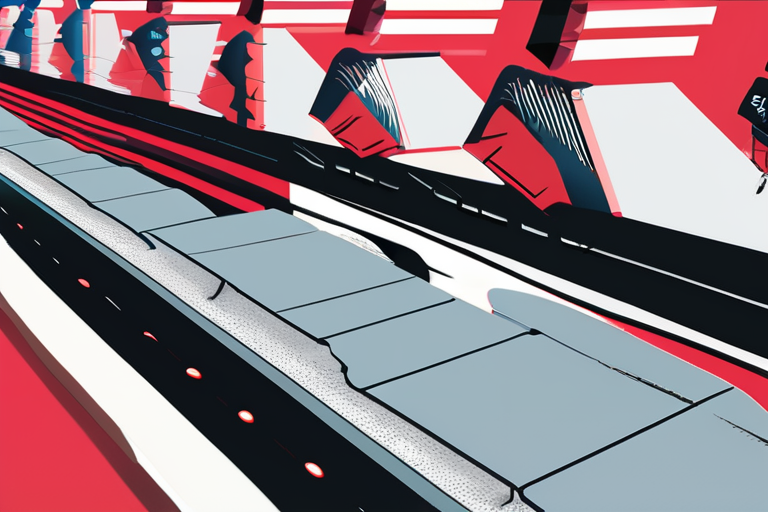
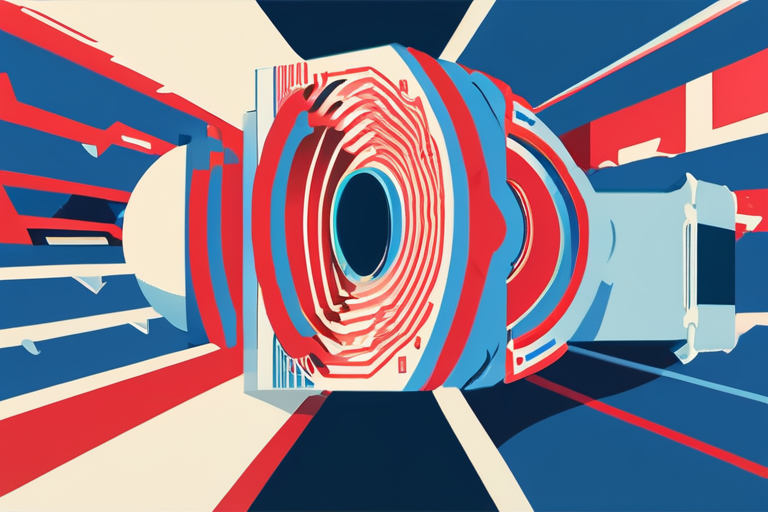
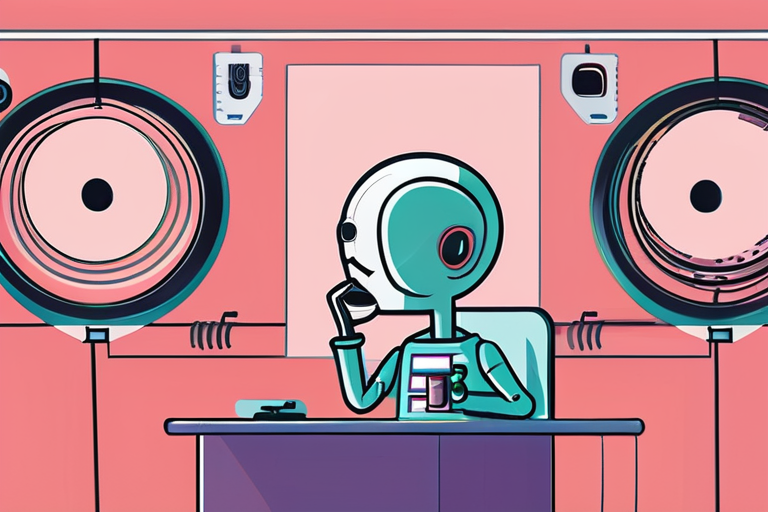


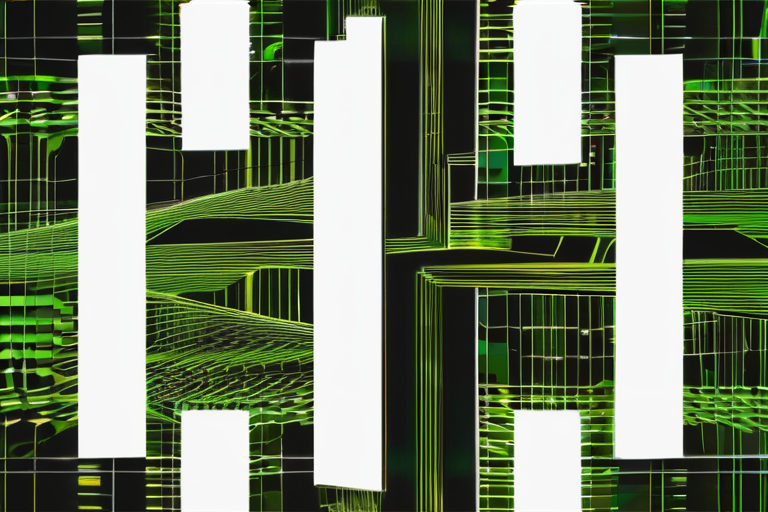



Share & Engage Share
Share this article